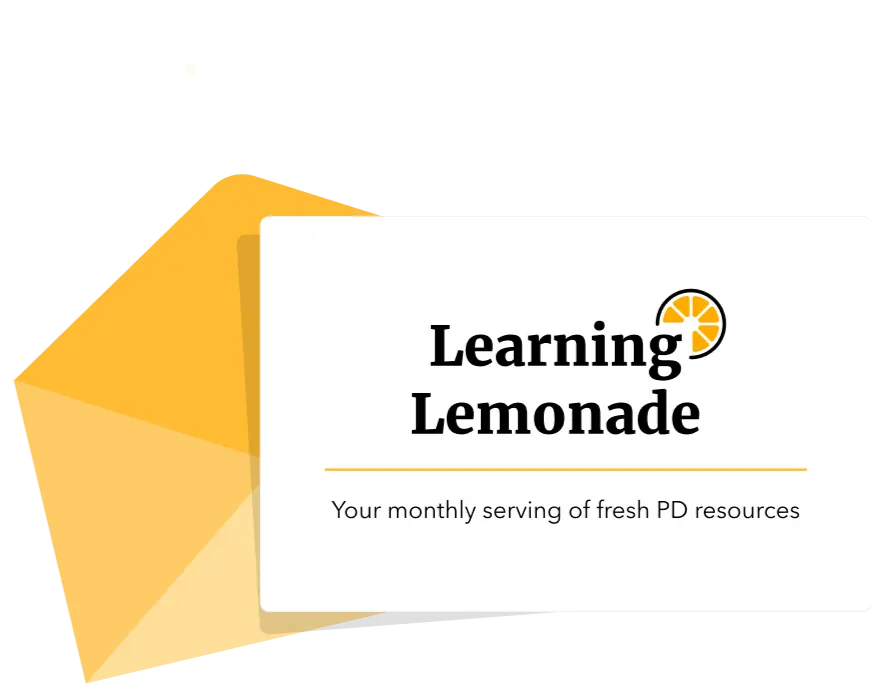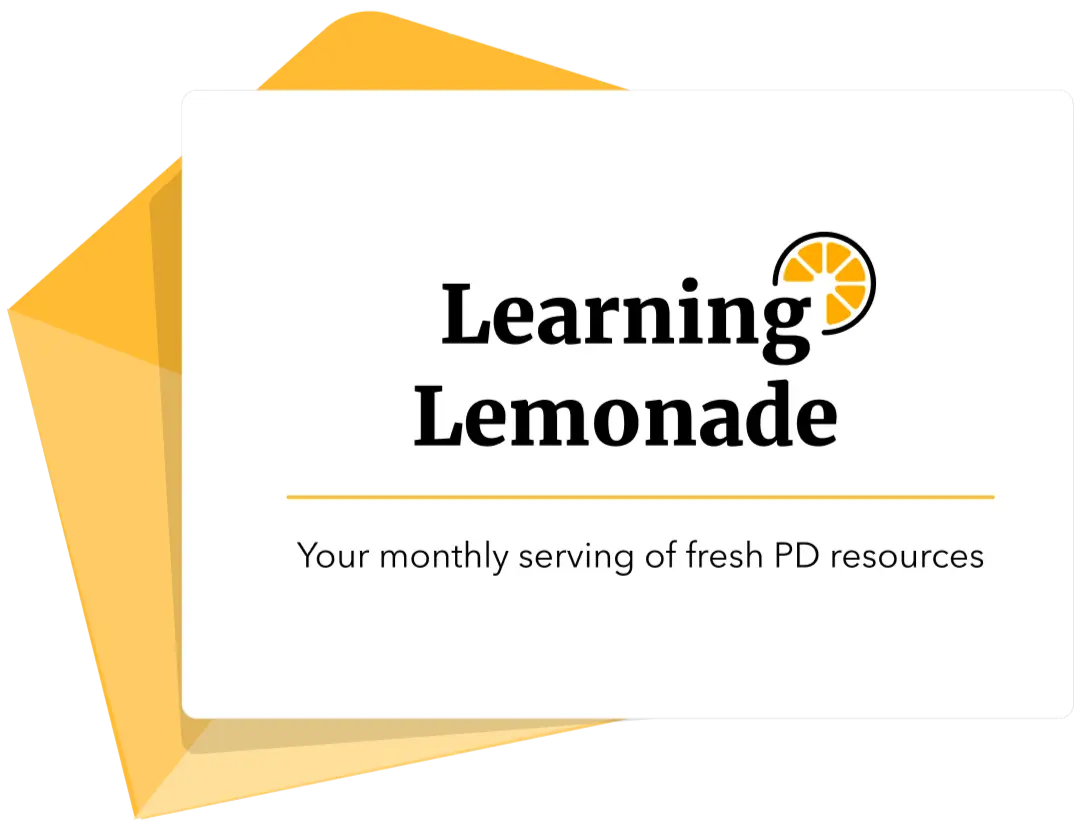Designing a School-based Report Card | First steps for MYP candidate schools
School-based reports provide an opportunity to better understand student progress and performance in the MYP. The importance of careful grading and reporting is paramount in providing meaningful feedback to students, teachers and parents alike. With this information, teachers can then make informed decisions on how best to support learning, teaching and assessment while also ensuring that the school’s assessment policies are aligned with MYP requirements.
What you’re required to produce for authorisation
The samples of school-based reports are used as evidence that:
- “The school captures and uses data that informs the operation and sustainability of the programmes(s).” (0201-04-0200)
- “The school uses specific and constructive school-based reporting to provide students and teachers with information that can be used to improve learning, teaching and assessment.” (0404-01-0200)
The IB does not prescribe a particular structure, format or frequency for reporting, so there are a lot of ways that your school can structure your reports. Schools may use the MYP achievement levels to generate a grade on the 7-point grading scale; however, it is also acceptable to use percentage grades or letter grades. Regardless of the grading scale that you use, it is important that students’ grades are based on summative assessments that use the MYP criteria and the corresponding rubrics.
Suggested professional development activities
Here are some ideas for activities you and your teaching teams can engage in to get to grips with developing a school-based report card. You’ll find a mix of collaborative as well as individual activities suggested here; choose the ones that best fit your needs and schedules!
| Topic | Format | Outline |
| Standardising assessment | Collaborative | Gather samples of student work that can be assessed using the MYP criteria. This can be work from your school or samples from the IB Programme Resource Centre Form groups of 4-6 teachers. Ideally, teachers will work in subject groups with samples of work from that subject; however, this could also be with everyone working on the same task as long as all teachers can understand the content of the task. |
| Grading and Reporting in the MYP | Asynchronous | Read the Grading and Reporting section in the MYP in Guide to MYP Assessment and compare the MYP requirements with the grading and reporting practices currently in place in your school. Make notes in a Stop-Start-Continue structure: –What practices should we stop in order to align with MYP requirements? –What practices should we start in order to align with MYP requirements? –What practices can we continue because they already align with MYP requirements? Collect notes in a shareable, digital file such as GoogleDoc or Padlet You may find it useful to refer back to these notes as you develop the Assessment Policy |
Revising your school-based reports to align with the MYP requirements is an opportunity to ensure that the reports are meaningful to students, teachers and parents. This process requires careful planning and collaboration between staff, as well as teachers with knowledge of MYP assessment practices. Taking the time for professional learning activities such as those suggested here can help your teams develop a policy that ensures that all stakeholders are informed about student progress and performance in the MYP.
This blog is part of a series designed especially for candidate MYP schools. Click here to view the complete series!
Other resources you might like to explore:












